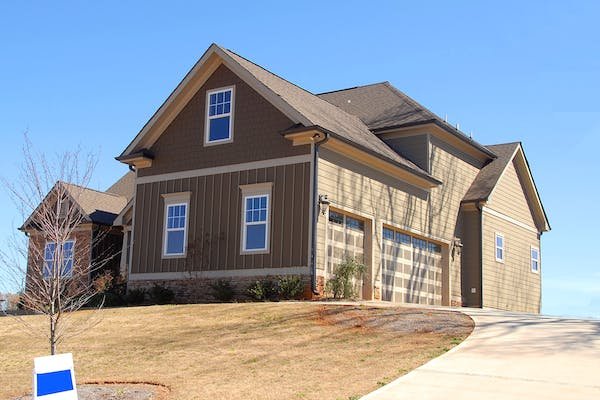According to the U.S. Department of Justice, 2.5 million homes are robbed in the country each year. If you haven’t been a victim of burglars, you probably know someone who has. You are not helpless in the face of these criminals, though. You can take six simple steps to secure your home and deter burglars.
1- Don’t Post Your Travels in Real-Time
Social media is a big part of many people’s lives, with some posting about their movements daily. Do not post about your plans if you are going on a trip. Criminals search social media to find homes that will be empty and make their plans accordingly. Do not post pictures while you are on vacation, either. You must wait and share your experience after you are safely home in order to minimize your chances of a home break-in.
2- Make Sure All Windows, Doors, and Gates are Locked
This step seems obvious, but it’s hard to keep track of all the home entry points when you have multiple people living in the same home. Your children may unlock and raise their windows to get a cool breeze. The last person in at night may forget to lock the door. Before turning in at night or leaving home, you should do a quick check to make certain everything is closed and locked.
3- Avoid Leaving a Spare Key Out
Many, many people leave out a spare key to prevent being locked out of their homes by accident. Sadly, most hide the key in obvious places like under the doormat or in a potted plant. Burglars know these obvious spots. Plus, if you do hide a key more carefully, someone can easily watch you do it. Instead of taking this chance, leave a key with a trusted neighbor or nearby friend.
4- Invest in a Security or Alarm System
Home security systems and alarms have become more sophisticated and affordable in recent years. You can purchase a simple alarm system that sounds when anyone forces entry. Or you can buy a system that lets you view your home via the internet whenever you are gone and alerts the security company anytime someone enters without having the right security code.
5- Replace Outdoor Lightbulbs
Burglars thrive in the dark. They tend to avoid brightly lit homes because their risk of detection goes way up. Be certain to have plenty of outdoor lighting and replace broken or burnt-out bulbs promptly. Criminals will probably pass you by and look for easier pickings.
6- Keep Your Garage Door Down
Keep your garage door shut whether you are at home or not. You do not want to give burglars a view of your valuable belongings. They can easily dart inside and grab a bike, an air compressor, or other expensive items. Leaving your garage door up when you are gone is just an invitation for people to enter your home and take what they want.
7- Keeping Burglars at Bay
No home is theft-proof, but you can minimize your chances of being robbed by taking simpleprecautions and investing in a home security system. Criminals target homes that look like theycontain plenty of valuables and are easy to access. An open window, gate, or garage doormakes your property a tempting target. Burnt-out bulbs and revealing media posts are adangerous combination. And leaving a key out? That’s just inviting the bad guys inside.Simply take a few commonsense steps and legal precautions to secure your home, and robberswill probably pass you by. Most criminals are not clever or brave, and making things tough forthem helps keep you safe.





